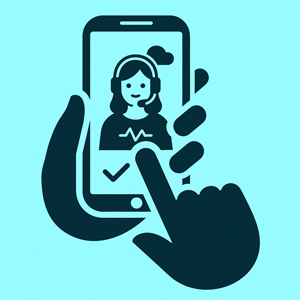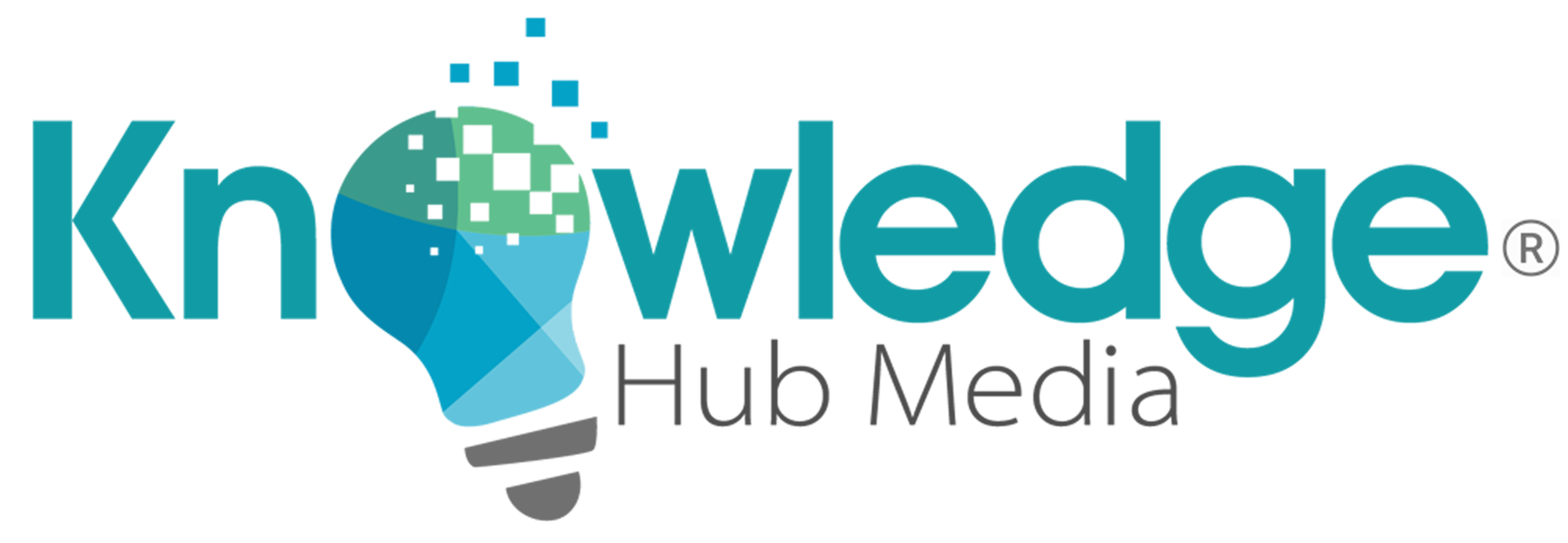 The future of human resources is not just about hiring and onboarding. It’s also about building systems that truly support employee well-being. A new trend is gaining attention across organizations: AI-driven well-being agents. These are intelligent digital assistants that help monitor, guide, and enhance the daily experience of employees in real time.
The future of human resources is not just about hiring and onboarding. It’s also about building systems that truly support employee well-being. A new trend is gaining attention across organizations: AI-driven well-being agents. These are intelligent digital assistants that help monitor, guide, and enhance the daily experience of employees in real time.
What Are AI Well-Being Agents?
AI well-being agents use behavioral data, sentiment analysis, and machine learning to offer personalized support. They can:
-
Detect signs of burnout, stress, or low engagement through subtle behavioral signals
-
Suggest simple wellness actions like taking a break, completing a mindfulness exercise, or checking in with a manager
-
Deliver micro-interventions tailored to the individual based on how they work, not just what they do
These systems are proactive and continuously adaptive. They don’t wait for employees to fill out a survey. Instead, they engage with users throughout the day to offer helpful nudges and reminders that keep wellness front and center.
Why It Matters Right Now
-
Stronger Engagement and Retention
When employees feel seen and supported, they are more likely to stay. AI well-being agents can surface issues early and guide individuals toward healthier routines and work habits. -
Better Use of HR Data
These tools can reveal larger patterns by analyzing team-wide trends. HR leaders can use these insights to identify risks, adjust workloads, and spot rising stress levels before they become problems. -
Empowered Human and AI Collaboration
Well-being agents free up time by handling repetitive check-ins or pulse surveys. This allows HR professionals to focus on more meaningful, human-centered conversations. -
Greater Emphasis on Ethics and Transparency
Modern systems are designed with opt-in consent, clear data practices, and privacy protections. This is especially important when tracking emotional or behavioral cues.
Spotting the Shift
HR tools are evolving quickly. Instead of being just task-driven or administrative, they are becoming experience-oriented. With increasing pressure from hybrid work models, mental health concerns, and shifting expectations, organizations are looking for smarter and more compassionate ways to care for their people.
AI well-being agents align with this shift. They provide timely, intelligent support that adapts to how employees are feeling and performing each day.
How to Get Started
-
Begin with a pilot program for a small team
-
Ensure participation is voluntary and transparent
-
Choose tools that integrate with existing platforms, such as Slack or Teams
-
Collect feedback and refine the experience over time
-
Use the data to make informed decisions, not to monitor or micromanage
A Glimpse into the Future
AI-driven well-being agents may eventually link with other systems like learning platforms, recognition tools, and leadership coaching software. This opens the door to a seamless ecosystem where support is available whenever and wherever employees need it.
Final Thoughts
AI tools that support well-being are not just a technological upgrade. They represent a mindset shift. When workplaces combine intelligence with empathy, they create environments where employees can thrive. These digital agents are helping organizations move from reactive wellness programs to proactive support systems. That is not only innovative. It’s essential.
